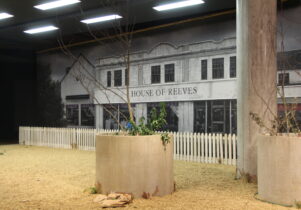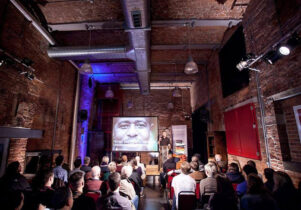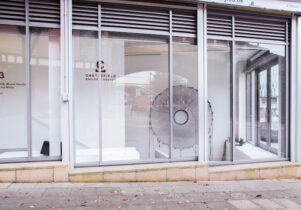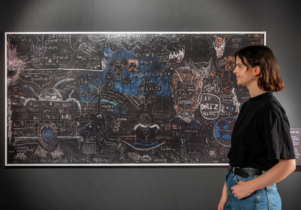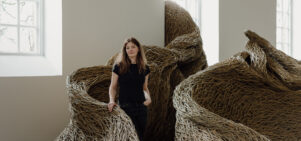Songs for the Storm to Come at HOME
Maja Lorkowska, Exhibitions Editor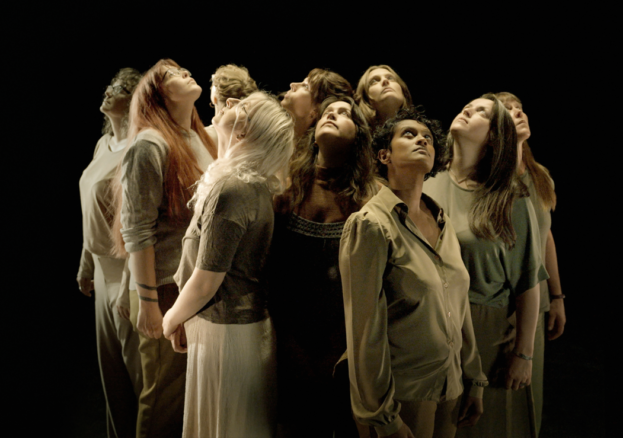
Music is perhaps the most evocative art form and a shortcut to emotional resonance. It is this quality that takes centre stage at HOME’s new exhibition from Mikhail Karikis: Songs of the Storm to Come.
Karikis is a Greek/ British artist based in London and Lisbon. He is best known for work in moving image, sound and performance. His practice is rooted in social engagement, most recently working with people whose voices have historically been underrepresented: teenagers, young adults, people with disabilities and minority groups. Thematically, Karikis’ focus is on the future, interrogating possible visions of it in the face of environmental crisis. His works are often a call to action, not necessarily focused on individual action but drawing attention to the radical social and political changes required to enact greater change.
For Songs of the Storm to Come, the artist worked with members of the Manchester based SHE cooperative choir for women and non-binary people. In the work, participants observe and consider maps sourced from climate modelling data showing Britain’s predicted geography for 2050, as a result of rising sea water. The outcome is an immersive sound and multi-screen installation, demonstrating the power of communal sound making and what it can tell us about the way humans interact with their environment.
The participants’ activities are guided by composer Pauline Oliveros’ deep listening techniques as well as the texts: Ideas to Postpone the End of the World by the Brazilian, indigenous movement leader and philosopher Ailton Krenak and The Universal Right to Breathe by the Cameroonian political thinker Achille Mbembe. Their musings generate ideas, visions and hopes for the future, with the use of spoken word, vocal percussion, and harmony. Karikis worked with sound researchers from the School of Digital Arts at Manchester Metropolitan University, visually representing the participants’ voices using cymatics, to make the sound and vibration of their voices visible.
With creative strategies rooted in care and the desire to work closely with real communities, Karikis uses both sound-making and listening as methods of encouraging empathy that can trickle down to joint action against some of the most pressing issues of our time. Songs for the Storm to Come is a strangely hopeful display, oscillating between future possibilities and immediate palpable action.


